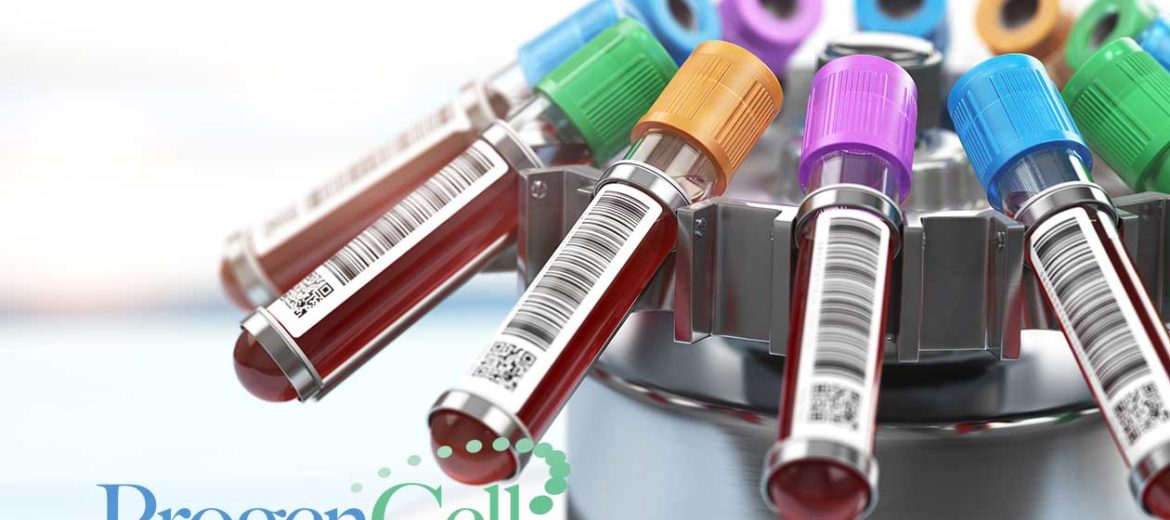
One of the most frequent misconceptions encountered in the field of regenerative medicine is to think of PRP (Platelet Rich Plasma) therapies as the equivalent or the same as Stem Cell Treatments. In this blog post I will go over the differences between PRP Therapy and Stem Cell Therapy.
What is Stem Cell Therapy?
Table of Contents
Stem Cells, on the other hand, are the unspecialized, undifferentiated, immature cells that can divide and differentiate into specific type of cells and tissues. And Stem Cell Therapy refers to the use of these types of cells with therapeutic purposes. What Happens in Stem Cell therapy is that stem cells are directly used to regenerate or repair damaged tissue. There are different kinds of stem cell therapies that are usually classified according to the source of the stem cells. Currently, the most effective, ethical and scientifically approached type of stem cell therapy is Autologous Stem Cell Therapy, which is when the source of the stem cells is the patient’s own body. In the human body are several organs with high concentration of stem cells. The Bone Marrow, is one the most accessible and highly concentrated source of stem cells, for this sole reason Bone Marrow derived stem cell therapies are currently the most widely used and effective type of Stem Cell Therapy. Bone Marrow is composed by is composed of hematopoietic cells, marrow adipose tissue, growth factors and supportive stromal cells. When using Bone Marrow, we take advantage of the stem cells within the bone marrow, and the growth factors that help activate stem cells (as in PRP).
What is PRP?
PRP stands for Platelet Rich Plasma, is a component of blood that contains platelet concentrations above the normal level and includes platelet-related growth factors and plasma-derived fibrinogen. What happens in PRP therapy is that a simple blood draw is taken from a person, most commonly from the arm, and its put into a test tube to be centrifuged (a process that consists in applying centrifuge force to separate particles from a solution) this results in a 3 layered substance. The top layer consists of a clear solution of blood plasma; the second layer is called the buffy coat; which is a thin layer of leukocytes (white blood cells) mixed with platelets in the middle, and the third layer is composed of erythrocytes (red blood cells) at the very bottom of the centrifuged tube.
The most important part, the one that we use for PRP therapy is the second or middle layer, the thin layer called the buffy coat. In here there are concentrated platelets, concentrated growth factors and white blood cells. When using PRP we are not using stem cells. What is used to help tissue regenerate and/or repair is the growth factors, that not also help your tissue regenerate they also help by communicating with your body, and letting your body know that stem cells are needed in that part, PRP is some kind of stem cell activation therapy. Platelets are the frontline healing response to injuries as they release growth factors for tissue repair. The effectiveness of PRP relies in the ability of these growth factor to recruit your own body stem cells.
PRP VS Stem Cell Therapy
Both are two effective and commonly used alternatives in regenerative medicine, which have shown promising results to treat a wide range of medical conditions. Both treatments rely on the ability of the body to heal and repair itself. The main difference is that stem cell therapy refers to the direct use of the actual stem cells while PRP is the use platelet-related growth factors that encourage the presence of stem cells. As you can deduct, PRP Therapy is not remotely as effective as Stem Cell Therapy. To Find out which option is best you (PRP versus Stem Cell Therapy) is important to consider all factors (including the financial aspect).
At ProgenCell we can help you determine which one is the best option for your Case. We are specialists in a variety of treatments, such as stem cell therapy for autism in Mexico, stem cell therapy for MS, stem cell for fibromyalgia and more. Start your Evaluation Process Now or contact us to schedule your consultation.






